home | anatomy | physiology | pathology | clinical guides | memory games

|
|
| Was the child developing normally and without a fever, but then had an accident eg fall from a tree, car/ motorbike accident, etc? | |
 |
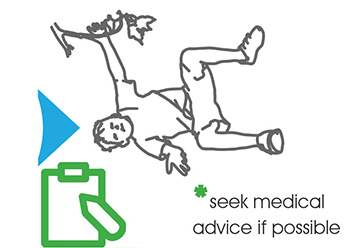 |
| NO |
YES  Spinal cord injury Spinal cord injury |

|
|
| Was the child developing normally, but then seemed to get weaker and start to lose skills? (eg was running, now struggling to walk)? | |
 |
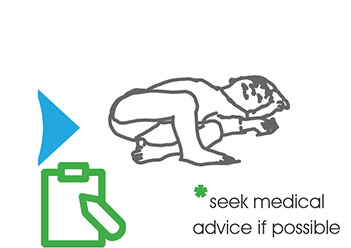 |
| NO |
YES  Neuromuscular condition Neuromuscular condition |

|
|
| During normal development, did infection or fever occur, after which a leg or an arm become weak? *seek medical advice if possible | |
 |
 |
| NO |
YES  Acute poliomyelitis Acute poliomyelitis |

|
|
| Is there one weak arm that is held straight and close to body? *seek medical advice if possible | |
 |
 |
| NO |
YES  Erb's Palsy Erb's Palsy |

|
|
| Is the child physically well but delayed in their developmental milestones? Or is the child physically struggling? | |
 |
 |
| NO |
YES  Developmental delay Developmental delay |

|
|
| Is there increased tone in both legs? (eg legs scissoring or difficult to straighten) | |
 |
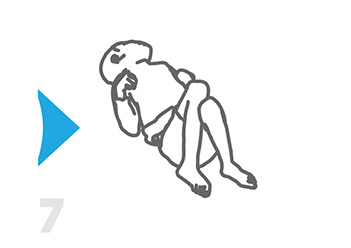 |
| YES |
|

|
|
| Is there increased tone in both arms? (eg arms stiff and difficult to straighten). One arm may be affected more than the other | |
 |
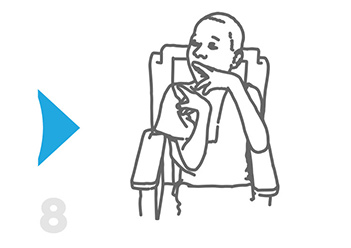 |
| YES |
|

|
|
| Are the legs able to move more freely than the arms? (if a toddler then walking unlikely) | |
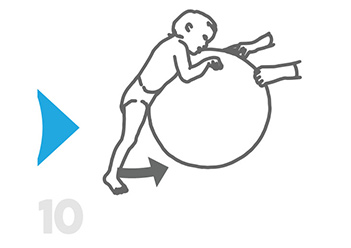 |
 |
| NO |
|

|
|
| Did the child have some difficulties around birth eg born too soon, too late, too fast, difficult labour, cord round neck, took some time to cry when first born or was poorly( eg meningitis or infection as a baby?) | |
 |
 |
| NO |
YES  CP Spastic Quadriplegia CP Spastic Quadriplegia |

|
|
| Is there increased tone in both arms? (eg arms stiff and difficult to straighten). One arm may be affected more than the other | |
 |
 |
| YES |
|

|
|
| Are the legs able to move more freely than the arms? (if a toddler then walking unlikely) | |
 |
 |
| YES |
|
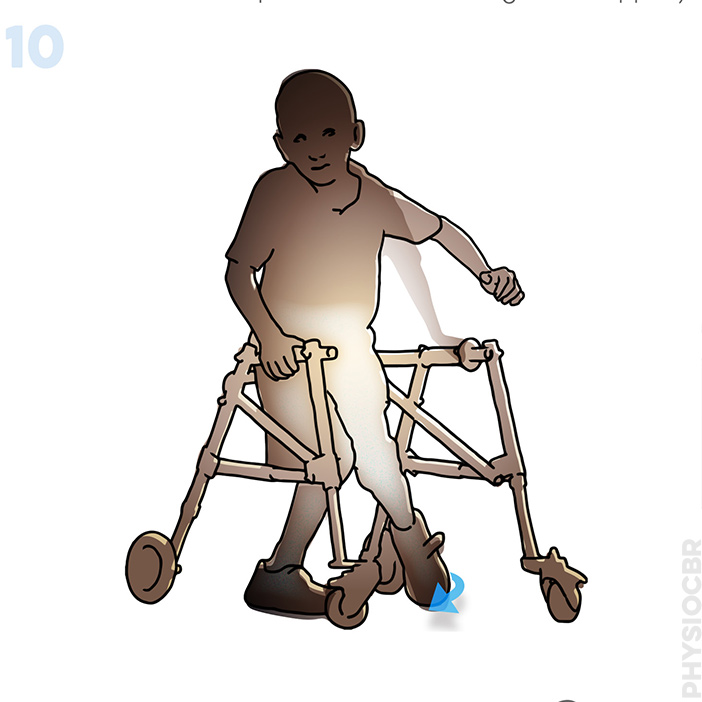
|
|
| Are the legs stiffer than the arms? (ie walking is possible but it is up on toes and needing some support) | |
 |
 |
| YES |
|
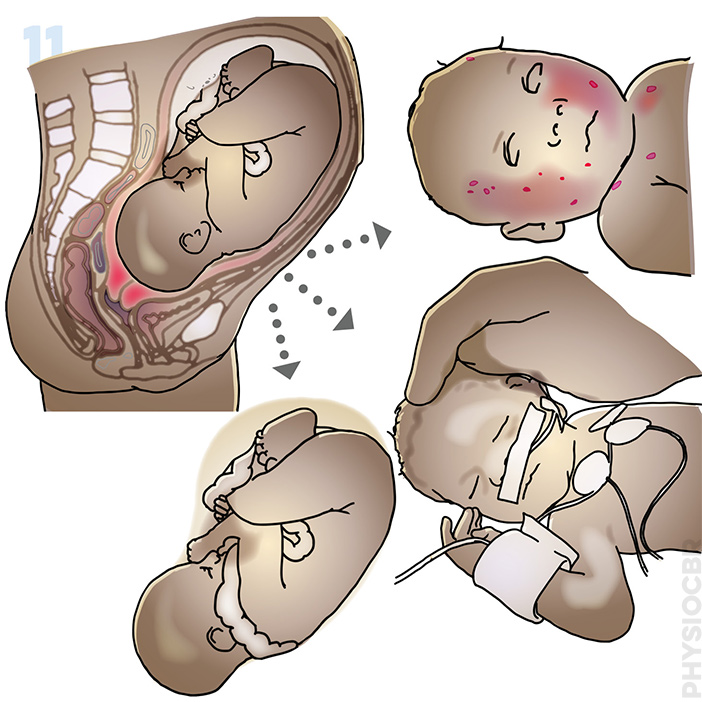
|
|
| Did the child have some difficulties around birth eg born too soon, too late, too fast, difficult labour, cord round neck, took some time to cry when first born or was poorly (eg meningitis or infection as a baby?) | |
 |
 |
| NO |
YES  CP
Spastic Diplegia CP
Spastic Diplegia |

|
|
| Is there increased tone in both legs? (eg legs scissoring or difficult to straighten) | |
 |
 |
| NO |
|

|
|
| Are both legs ‘floppy’? (ie legs tend to fall into a frog leg posture and not kick or move much) | |
 |
 |
| YES |
|

|
|
| Does the child have ‘floppy’ arms? (ie unable to lift arms to get a toy or move them much) | |
 |
 |
| YES |
|
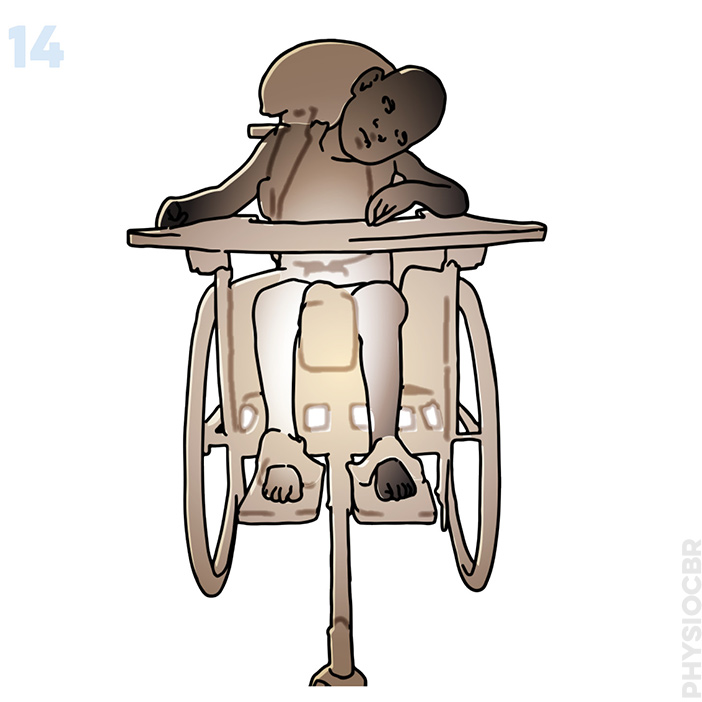
|
|
| Does the child have a ‘floppy’ head and weak back? (unable to hold head up properly or sit unaided) | |
 |
 |
| NO |
|

|
|
| 16: Has the child been like this from birth or since the illness but seems to be getting stronger? | |
 |
 |
| YES |
NO  Low tone cerebral palsy Low tone cerebral palsy |

|
|
| Is there increased tone in both legs? (eg legs scissoring or difficult to straighten) | |
 |
 |
| NO |
|

|
|
| Are both legs ‘floppy’? (ie legs tend to fall into a frog leg posture and not kick or move much) | |
 |
 |
| NO |
|

|
|
| Does the child have stiffness (Increased tone) or floppiness (decreased tone) on one side of the body? (arm may be worse than leg or vice versa) | |
 |
 |
| YES |
|

|
|
| Did the child have some difficulties around birth eg born too soon, too late, too fast, difficult labour, cord round neck, took some time to cry when first born? | |
 |
 |
| NO |
YES  CP left or right sided hemiplegia CP left or right sided hemiplegia |

|
|
| Are both legs ‘floppy’? (ie legs tend to fall into a frog leg posture and not kick or move much) | |
 |
 |
| NO |
|

|
|
| Does the child have stiffness (Increased tone) or floppiness (decreased tone) on one side of the body? (arm may be worse than leg or vice versa) | |
 |
 |
| YES |
|

|
|
| Are there variable or unwanted movements that become noticeable when the child tries to move? (sitting and standing balance can be difficult, affecting all the body) | |
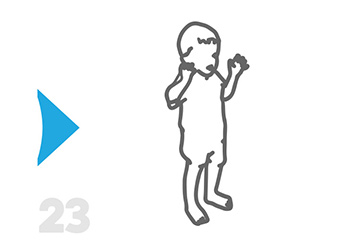 |
 |
| YES |
|

|
|
| Did the child have some difficulties around birth eg born too soon, too late, too fast, difficult labour, cord round neck, took some time to cry when first born? | |
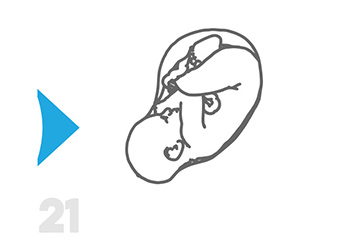 |
 |
| NO |
YES  Dyskinetic CP Dyskinetic CP |

|
|
| Does the child have stiffness (Increased tone) or floppiness (decreased tone) on one side of the body? (arm may be worse than leg or vice versa) | |
 |
 |
| NO |
|

|
|
| Are there variable or unwanted movements that become noticeable when the child tries to move? (sitting and standing balance can be difficult, affecting all the body) | |
 |
 |
| YES |
|

|
|
| Did the child have some difficulties around birth eg born too soon, too late, too fast, difficult labour, cord round neck, took some time to cry when first born? | |
 |
 |
| NO |
|

|
|
| Are there variable or unwanted movements that become noticeable when the child tries to move? (sitting and standing balance can be difficult, affecting all the body) | |
 |
 |
| YES |
|

|
|
| Did the child have some difficulties around birth? (eg born early, late, fast or difficult labour, cord round neck, no sound, poorly or infected) | |
 |
 |
| NO |
YES  Ataxia Ataxia |

|
|
| Is there increased tone in both legs? (eg legs scissoring or difficult to straighten) | |
 |
 |
| YES |
|

|
|
| Is there increased tone in both arms? (eg arms stiff and difficult to straighten). One arm may be affected more than the other | |
 |
 |
| NO |
|

|
|
| Are both arms moving equally and normally without ‘floppiness’ (low tone) or resistance (high tone) | |
 |
 |
| NO |
|

|
|
| Was development normal until stiffness or weakness in lower limbs developed over time? | |
 |
 |
YES  Suspected spinal tumour Suspected spinal tumour |
|